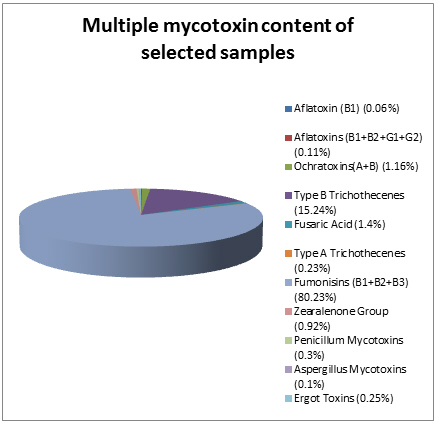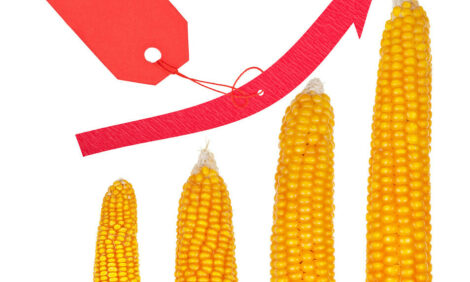



Multiple Mycotoxins in Grain Pose a Threat to Poultry Population
US – Ninety per cent of global corn, grain and barley samples taken from 2013’s harvest contain three to 11 mycotoxins, increasing risks for bird health and performance, according to Alltech.Alltech’s 37+TM Program uses LC-MSMS technology to measure the presence and levels of more than 37 mycotoxins in a sample.
The recent report summarised 450 grain samples submitted globally. Total toxicity from the global report on grain samples shows a high risk even if the inclusion rate of grains were lower in the final diet.

Dr Max Hawkins, a nutritionist with Alltech’s Mycotoxin Mangement Team, said fumonisins were the most prevalent mycotoxin in the study at 80 per cent, followed by Type B trichothecenes and fusaric acid at 15 per cent.
He recommends poultry operations implement a mycotoxin management programme to reduce risk to animal health and producer profits.

“Fumonisins in birds can cause liver damage, organ haemorrhage, reduced egg production and poor shell and egg quality, reduced feed intake, lower growth rate and decreased immune response leading to poor vaccination reaction,” Dr Hawkins said. “Type B trichothecenes can lower feed intake and growth, cause digestive upset with diarrhoea, reduce egg production and egg quality, and lower immune response.”

Fusaric acid acts synergistically with DON to magnify the negative effects of DON. The cumulative effects of all mycotoxins present can lower performance, lower immune response, raise health costs due to ineffective treatments, reduce the value of nutritional inputs, and decrease the profitability and efficiency of the flock.
For more information, contact the Alltech Mycotoxin Management Team at [email protected] or www.mycotoxinmanagement.com.









